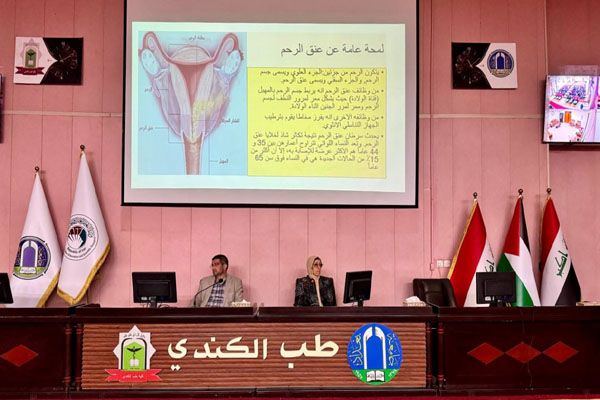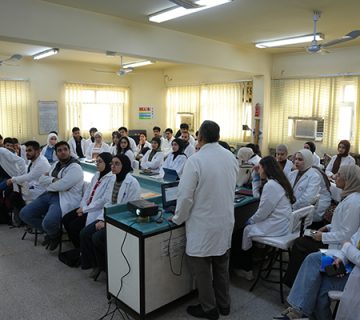Cervical cancer poses a significant threat to women’s health worldwide, ranking as the fourth most prevalent cancer among women globally and the second most common in Middle Eastern countries. experts addressed this pressing issue in a seminar held at the University of Baghdad’s Alkindy College of Medicine. Titled, “Cervical Cancer: Early Detection, Screening, and Prevention Strategies: Where Does Iraq Stand?”, the seminar highlighted the disease’s impact, risk factors, prevention methods, and Iraq’s progress within a global context.
Experts at the seminar underscored that low and middle-income nations experience disproportionately higher rates of both cervical cancer incidence and mortality. This stark disparity reflects unequal access to preventative measures like the HPV (human papillomavirus) vaccine, effective cervical screening, and treatment options. The primary risk factor for cervical cancer is persistent HPV infection. Moreover, women living with HIV carry a sixfold increased risk of developing the disease.
The seminar emphasized a multi-pronged approach to tackling cervical cancer:
HPV Vaccination: A critical tool to prevent the most common cancer-causing strains of HPV.
Precancerous Screening: Detecting abnormal cervical cell changes allows for early intervention, greatly increasing chances of successful treatment.
Notably, Iraq has proactively joined the global commitment to eradicate cervical cancer. The country has adopted an early detection program for cervical cancer, with a specific protocol developed through collaborative efforts spearheaded by Iraqi medical specialists and international contributors. Crucially, this initiative involves figures such as Dr. Taghreed Khalil Al-Haidari, the Scientific Assistant of Alkindy College of Medicine.
The fight against cervical cancer demands multifaceted efforts encompassing awareness campaigns, increased access to preventative care, and enhanced early detection and treatment services. Iraq’s concerted action and alignment with global initiatives are crucial steps toward achieving the goal of eliminating cervical cancer.

Comments are disabled.















